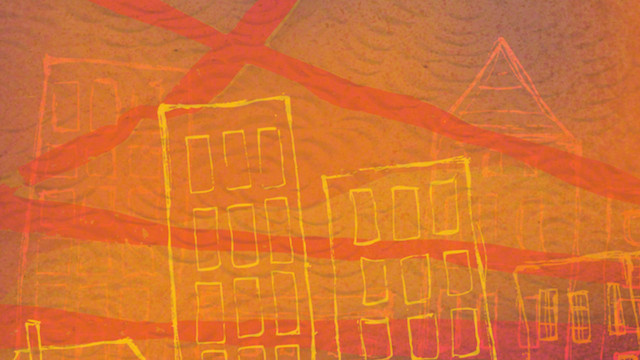There is gorgeous specificity in this week’s portion, Tetzaveh.
The portion describes the garb intended for the high priests, while God ushers in a set of instructions relating to the tabernacle, the ancient portable Jewish temple.

In Exodus 28:15, it is written:

Help us keep Jewish knowledge accessible to millions of people around the world.
Your donation to My Jewish Learning fuels endless journeys of Jewish discovery. With your help, My Jewish Learning can continue to provide nonstop opportunities for learning, connection and growth.
You shall make a breast piece of decision worked into a design; make it in the style of the ephod: make it of gold, of blue, purple and crimson yarns, and of fine twisted linen. It shall be square and doubled, a span in length and a span in width. Set in it mounted stones, in four rows of stones. The first shall be a row of carnelian, chrysolite, and emerald; the second row: a turquoise, a sapphire, and an amethyst; the third row: a jacinth, an agate and a crystal; and the fourth row: a beryl, a lapis lazuli, and a jasper. They shall be framed with gold in their mountings. The stones shall correspond (in number) to the names of the sons of Israel: 12, corresponding to their names. They shall be engraved like seals, each with its name, for the 12 tribes.
I am struck by the exactness of this description. It’s like some sort of holy textile recipe. I’ve always struggled following recipes. But I found great solace in keeping a cookbook on my night table after the birth of my first child. In those early weeks of motherhood, my postpartum experience manifested as excruciating anxiety, which ramped up in the evenings. The specificity of what was before me — 1 cup of flour, 1/2 cup of granulated sugar, a teaspoon of salt, etc — stood in direct opposition to the chaos and uncertainty enveloping me. I would absorb the pastel images of desserts, the lists of ingredients, the numbered steps to completion. That cookbook, together with prayer, made entry into the mysterious surrender of sleep more bearable.
As a poet, I have long been attracted to the ambiguity of verse, the necessity of residing in the uncertainty that John Keats referred to as “negative capability” But I also need a respite from all that is beyond my control. And ritual as an antidote to chaos, wilderness.
The portion goes on, outlining the linen garb, the gold braids that fasten the breast piece, as well as the ancient animal sacrifice, a purification offering at the temple’s altar. It concludes with the words: “It is holy to the Lord.” (Exodus 30:10)
It is also holy to us. Without the ancient temple, high priests adorned in jewels representing the 12 tribes, without the purification sacrifices, we seek more modern manifestations of temples, of creating sacred spaces and offerings to God.
Some of these spaces are internal, as we try to cultivate this place within ourselves through separations from the quotidian and from the buzz of the world around us. And some are communal, as we attempt to join together in worship, creating sanctuary and respite from the wilderness.
Rebbetzin, mother and writer, Alana Joblin Ain, earned her BA from Oberlin College and an MFA in poetry from Hunter College, where she has also taught creative writing and literature. Alana lives in Brooklyn with her husband, Rabbi Dan Ain, and their two children. They are the founders of Because Jewish.


